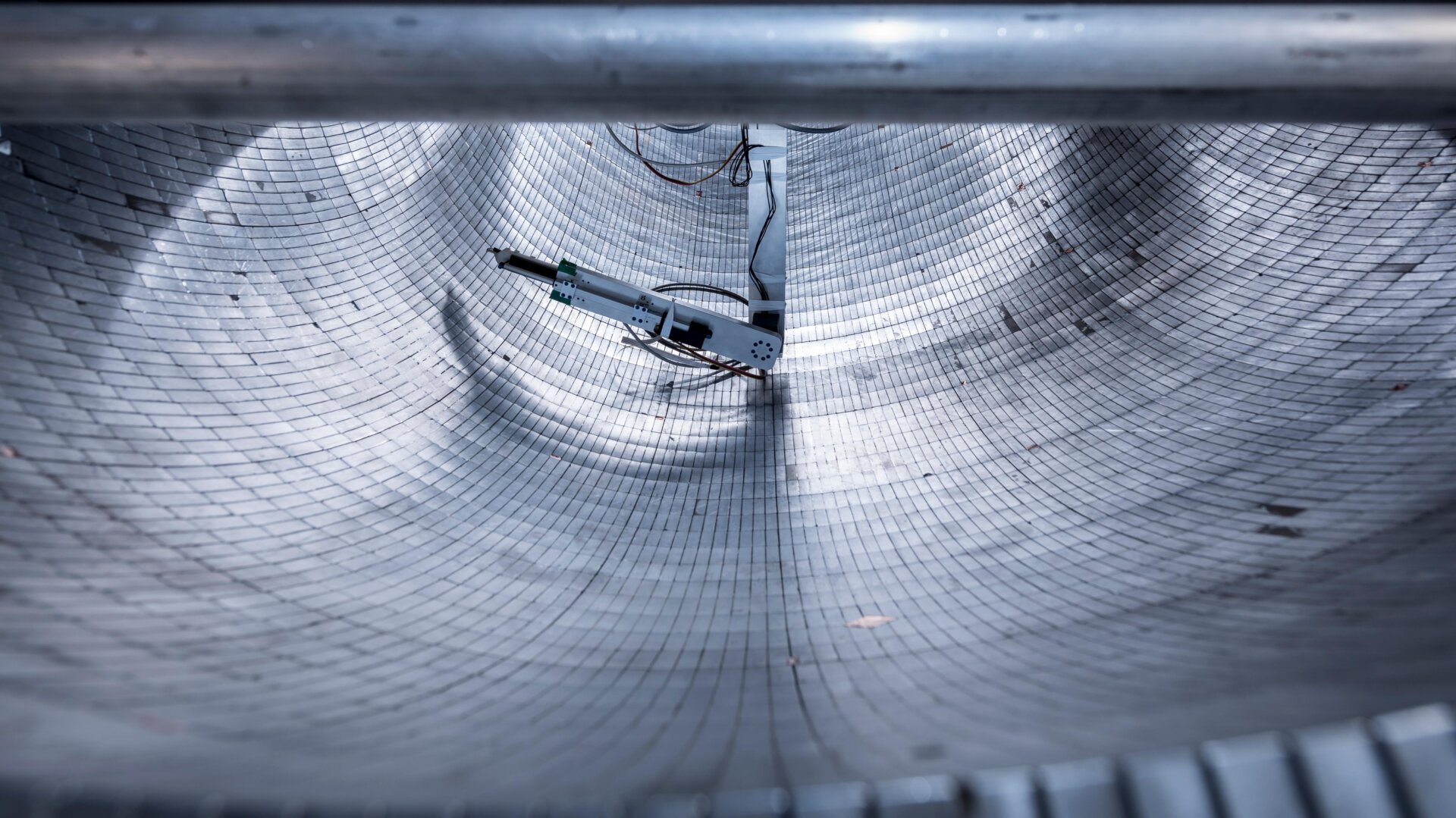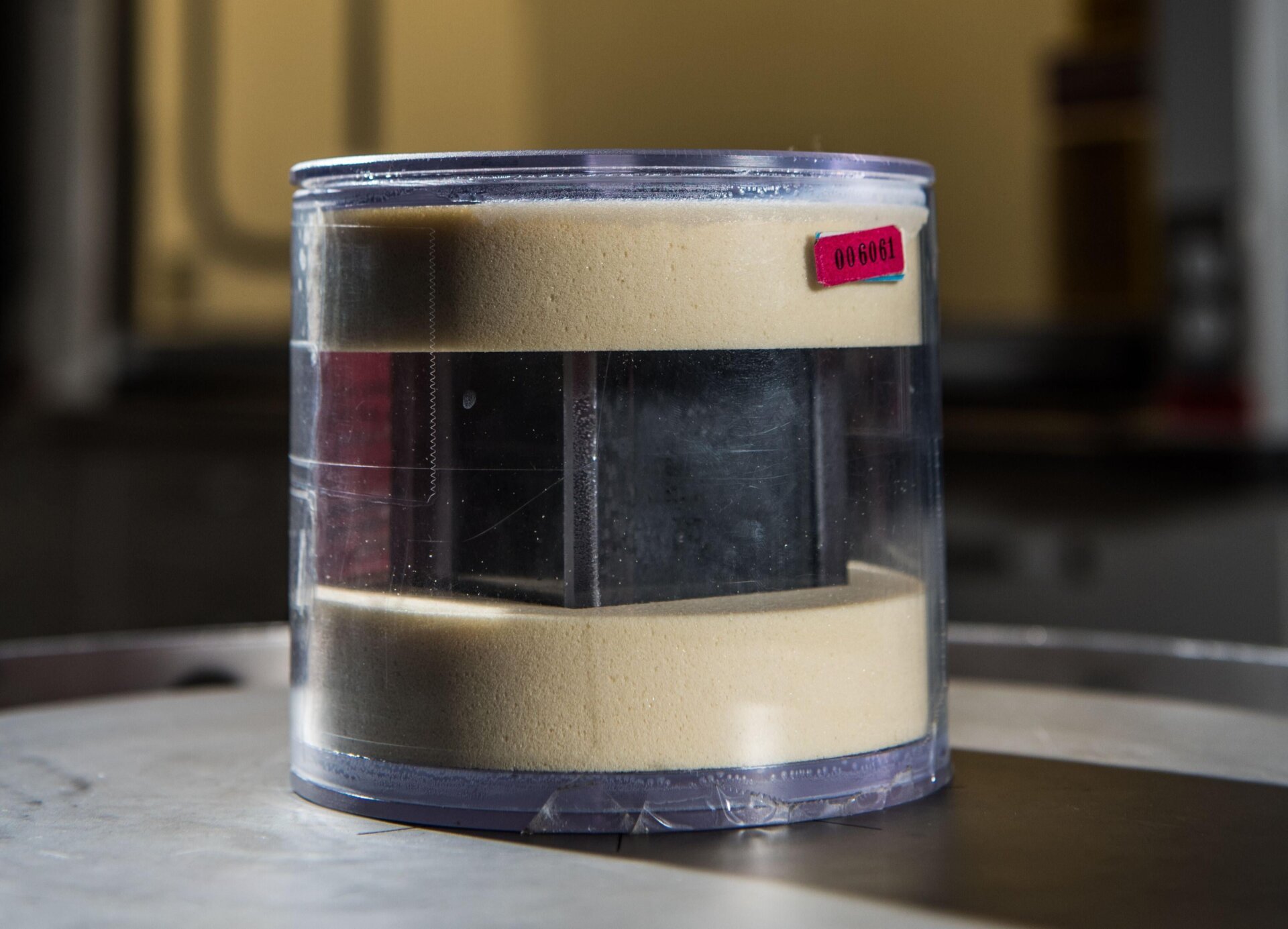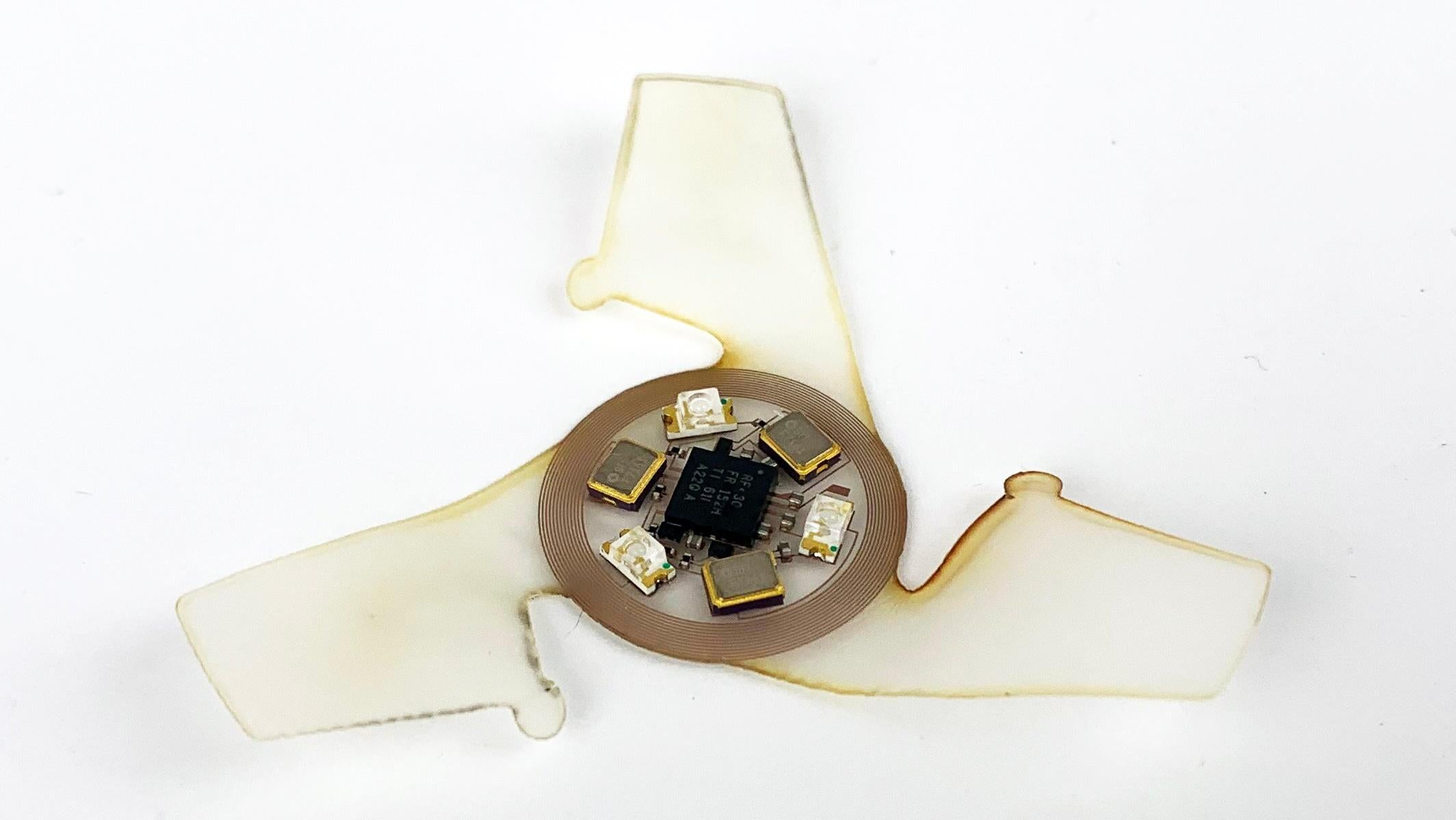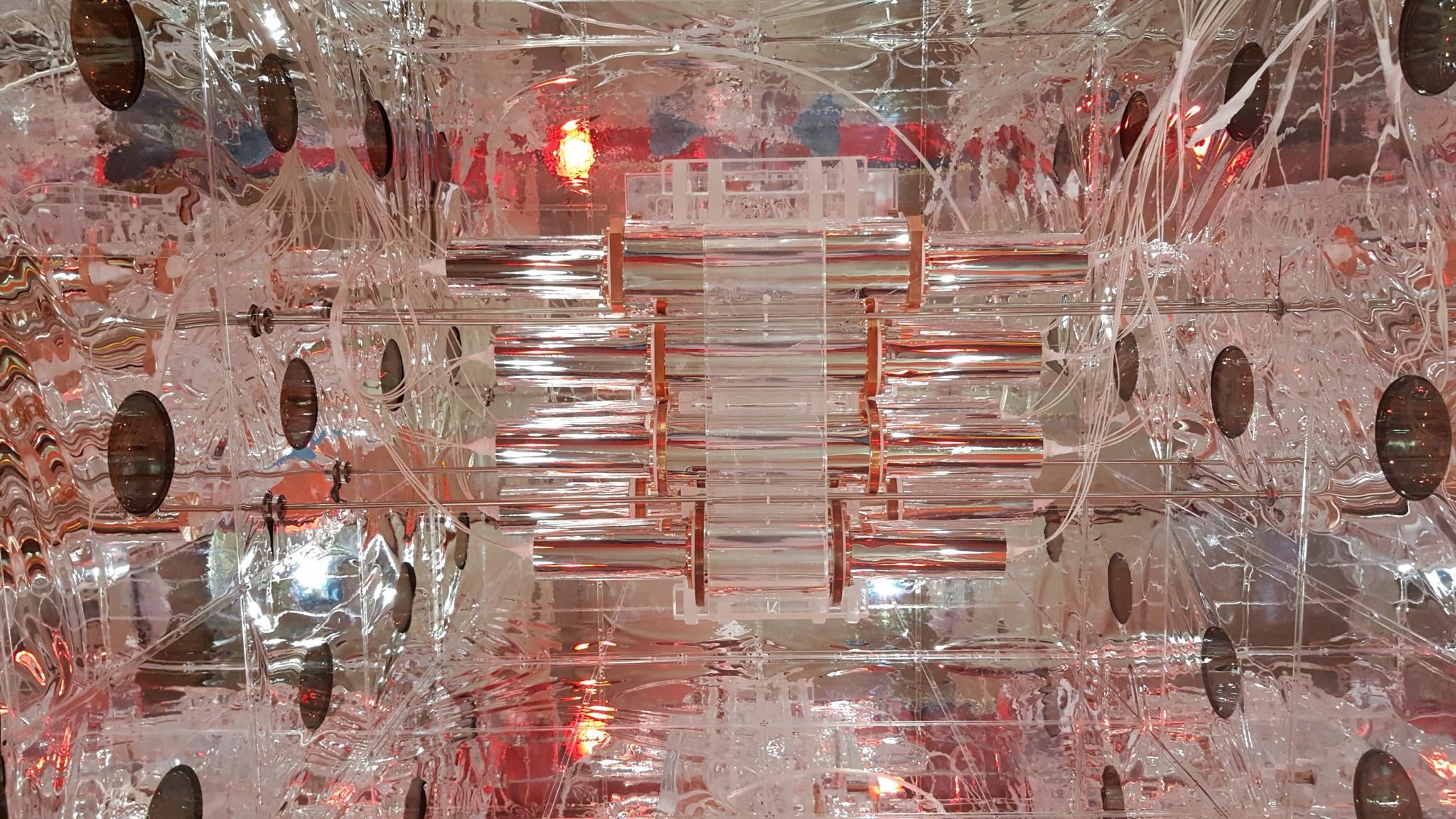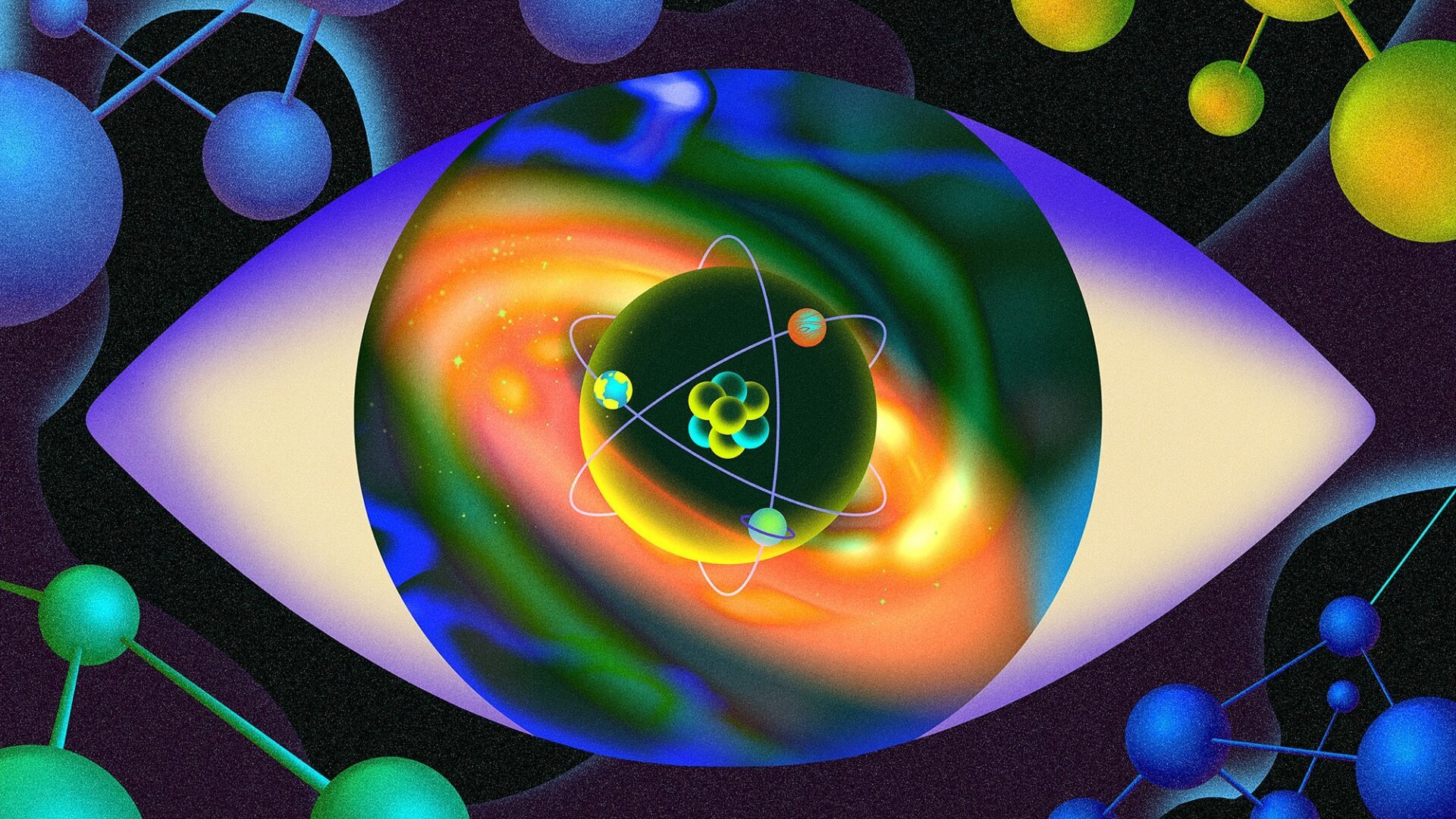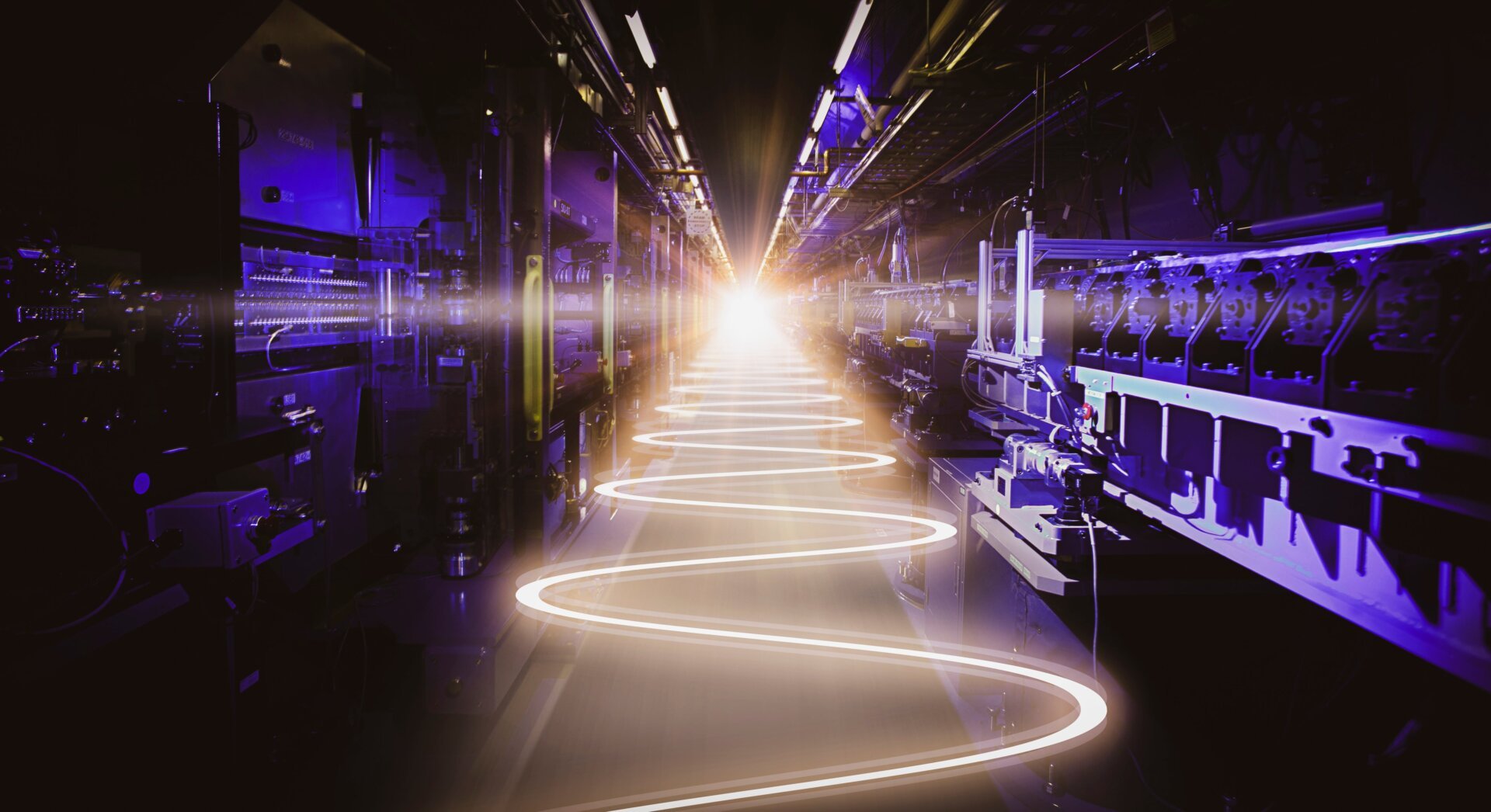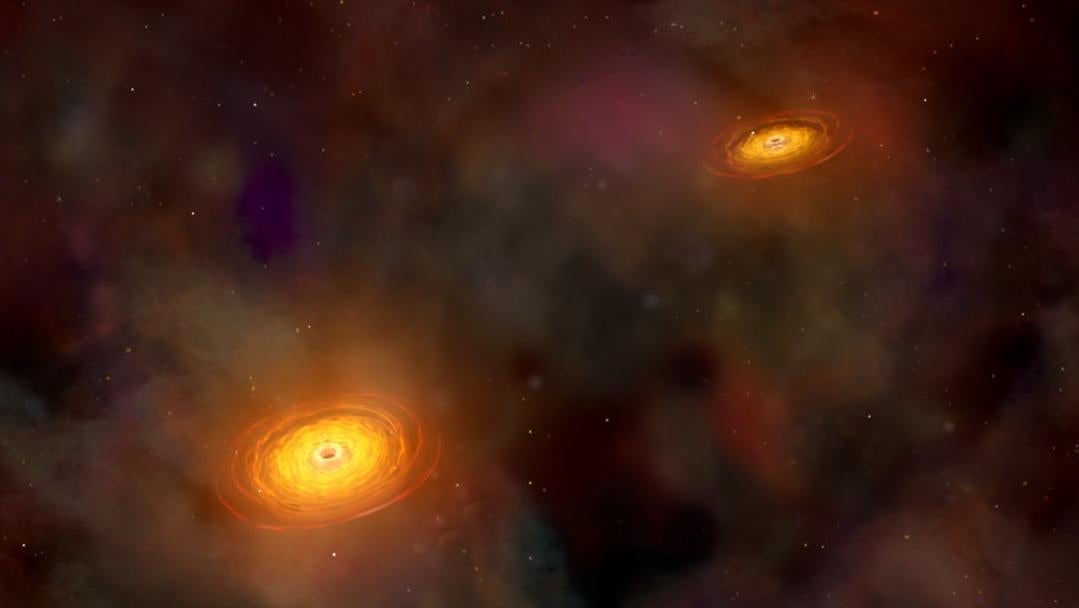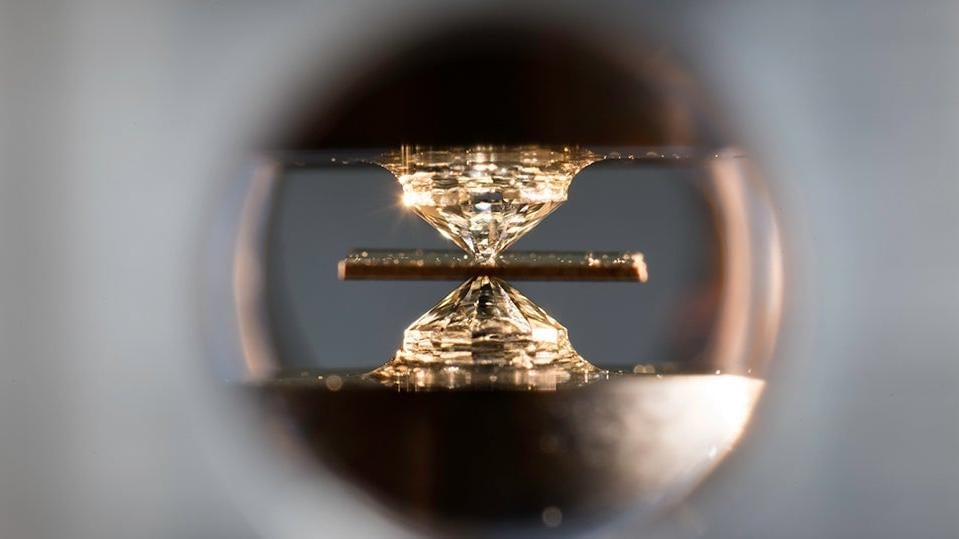Neutrons, the fundamental building blocks of atomic nuclei, have a finite lifespan outside the atom. Precisely how long they survive is a question that has puzzled physicists for decades. A recent experiment has provided the most accurate measurement yet using the “bottle method,” bringing us closer to understanding this fundamental particle’s behavior.
The international team of researchers, using the UCNtau apparatus at the Los Alamos Neutron Science Center, determined that a free neutron survives for 14.629 minutes, or 877.75 seconds, plus or minus a third of a second. This incredibly precise measurement is crucial for understanding the early universe, specifically the formation of the first atomic nuclei. The number of neutrons available during those initial moments dictated the abundance of elements we observe today, the very elements that ultimately gave rise to life.
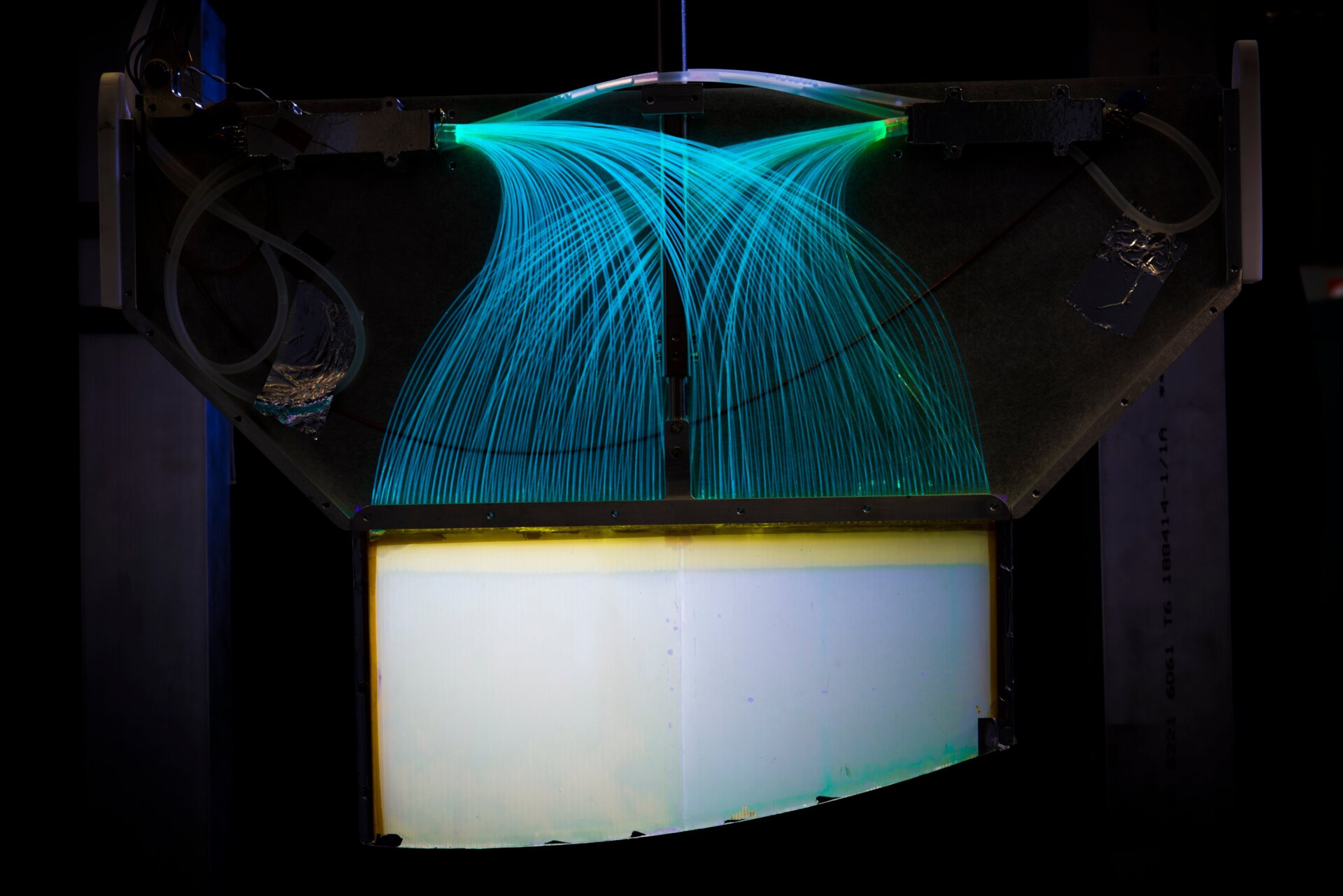 The main detector for neutron counting at the UCNt experiment in the Neutron Science Center.The main detector used for neutron counting at the UCNtau experiment in the Neutron Science Center. Photo: Los Alamos National Laboratory
The main detector for neutron counting at the UCNt experiment in the Neutron Science Center.The main detector used for neutron counting at the UCNtau experiment in the Neutron Science Center. Photo: Los Alamos National Laboratory
Two primary methods exist for measuring a neutron’s lifespan: the “beam method” and the “bottle method.” The beam method counts the protons produced as neutrons decay within a beam. The bottle method, employed in this latest research, traps ultracold neutrons in a magnetized container and counts the remaining neutrons after a specific period. The bottle method measures survivors, while the beam method counts the deceased. While seemingly simple, the bottle method presents significant technical challenges.
A persistent puzzle in neutron decay studies is the discrepancy between the two methods. Beam experiments consistently yield lifespans roughly nine seconds longer than bottle experiments, a difference exceeding the methods’ error margins. This discrepancy raises the possibility of undiscovered physics. Could neutrons be decaying through unknown channels, producing hypothetical particles like axions or dark matter?
 Indiana University student Bailey-Ann Slaughter in the neutron trap.Indiana University student Bailey-Ann Slaughter working with the neutron trap. Photo: Chen-Yu Liu
Indiana University student Bailey-Ann Slaughter in the neutron trap.Indiana University student Bailey-Ann Slaughter working with the neutron trap. Photo: Chen-Yu Liu
This new research significantly refines the bottle method’s precision through a novel approach. The UCNtau experiment uses a magnetic trap and detects the neutrons within it. Furthermore, the analysis was blinded, preventing bias toward previous results. The final lifespan calculation was derived from the average of three independent, blinded analyses. While meticulous, the researchers acknowledge that systematic errors, such as neutron loss through undetected leaks, remain a possibility.
The use of ultracold neutrons to understand the early universe, a period of extreme heat, might seem paradoxical. However, the neutron lifespan is crucial to understanding Big Bang nucleosynthesis, the process by which light elements formed from a primordial soup of particles. A short neutron lifespan would have resulted in a universe dominated by hydrogen. The observed elemental abundances suggest a longer lifespan, aligning with the recent measurements.
The precise neutron lifespan has implications beyond cosmology. It influences our understanding of dark matter, solar fusion, and the Standard Model of physics. While the discrepancy between beam and bottle methods persists, this new measurement pushes the boundaries of precision and provides valuable data for unraveling the mysteries of neutron decay. Continued research and refinement of both methods are essential to determine whether the nine-second difference points to new physics or simply reflects subtle experimental variations. The pursuit of this fundamental question continues to drive scientific inquiry, pushing the limits of our understanding of the universe.



